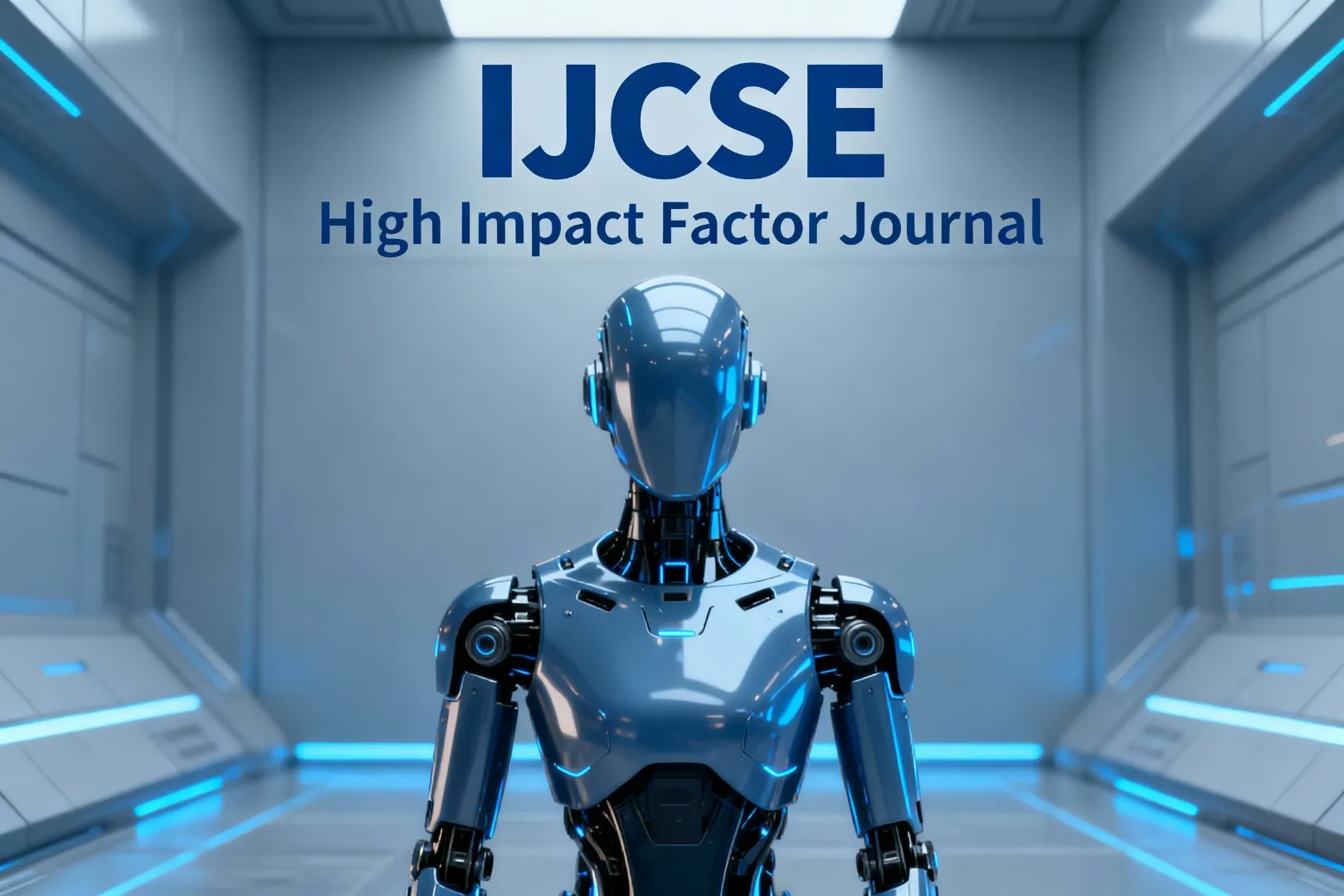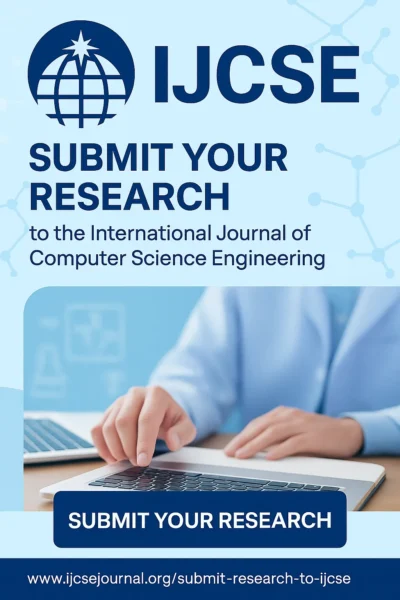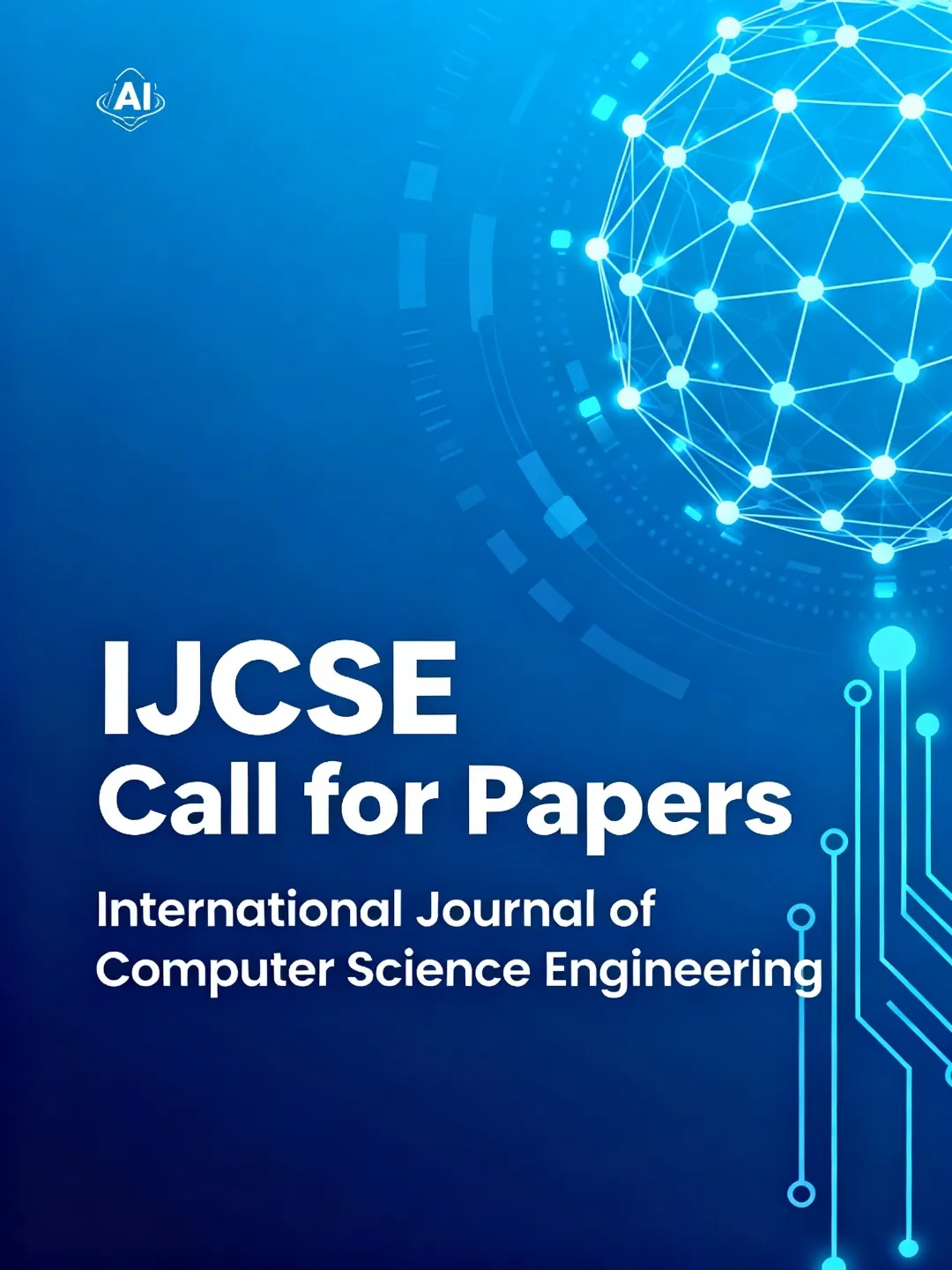
A Survey on Digital Library Notes Sharing Systems for Academic Resource Management | IJCSE Volume 9 – Issue 6 | IJCSE-V9I6P39
International Journal of Computer Science Engineering Techniques ISSN: 2455-135X DOI Registered Volume 9, Issue 6…
A Survey on Books and Movies Review System | IJCSE Volume 9 – Issue 6 | IJCSE-V9I6P38
International Journal of Computer Science Engineering Techniques ISSN: 2455-135X DOI Registered Volume 9, Issue 6…
Speak2Summarize: A Whisper-Driven NLP Framework For Real-Time Transcription and Summarization | IJCSE Volume 9 – Issue 6 | IJCSE-V9I6P37
International Journal of Computer Science Engineering Techniques ISSN: 2455-135X DOI Registered Volume 9, Issue 6…
CLOUD INTEGRATED FACE RECOGNITION ATTENDANCE SYSTEM | IJCSE Volume 9 – Issue 6 | IJCSE-V9I6P36
International Journal of Computer Science Engineering Techniques ISSN: 2455-135X DOI Registered Volume 9, Issue 6…
DATA DUPLICATE DOWNLOAD ALERT SYSTEM | IJCSE Volume 9 – Issue 6 | IJCSE-V9I6P35
International Journal of Computer Science Engineering Techniques ISSN: 2455-135X DOI Registered Volume 9, Issue 6…
AI powered career recommendation for students | IJCSE Volume 9 – Issue 6 | IJCSE-V9I6P34
International Journal of Computer Science Engineering Techniques ISSN: 2455-135X DOI Registered Volume 9, Issue 6…
SwordFall: An RPG Game | IJCSE Volume 9 – Issue 6 | IJCSE-V9I6P33
International Journal of Computer Science Engineering Techniques ISSN: 2455-135X DOI Registered Volume 9, Issue 6…
Graph Continuous Thought Machines: A Dispositional Neural Architecture with Simulated Prefrontal Cortex for Adaptive Problem Solving | IJCSE Volume 9 – Issue 6 | IJCSE-V9I6P32
International Journal of Computer Science Engineering Techniques ISSN: 2455-135X DOI Registered Volume 9, Issue 6…
Self-Organizing Dynamic Graph Neural Cellular Automata for History-Dependent Computation | IJCSE Volume 9 – Issue 6 | IJCSE-V9I6P31
International Journal of Computer Science Engineering Techniques ISSN: 2455-135X DOI Registered Volume 9, Issue 6…
Data-Driven Information Retrieval Using Association Rule Mining and NLP-Based Stemming Techniques | IJCSE Volume 9 – Issue 6 | IJCSE-V9I6P30
International Journal of Computer Science Engineering Techniques ISSN: 2455-135X DOI Registered Volume 9, Issue 6…




